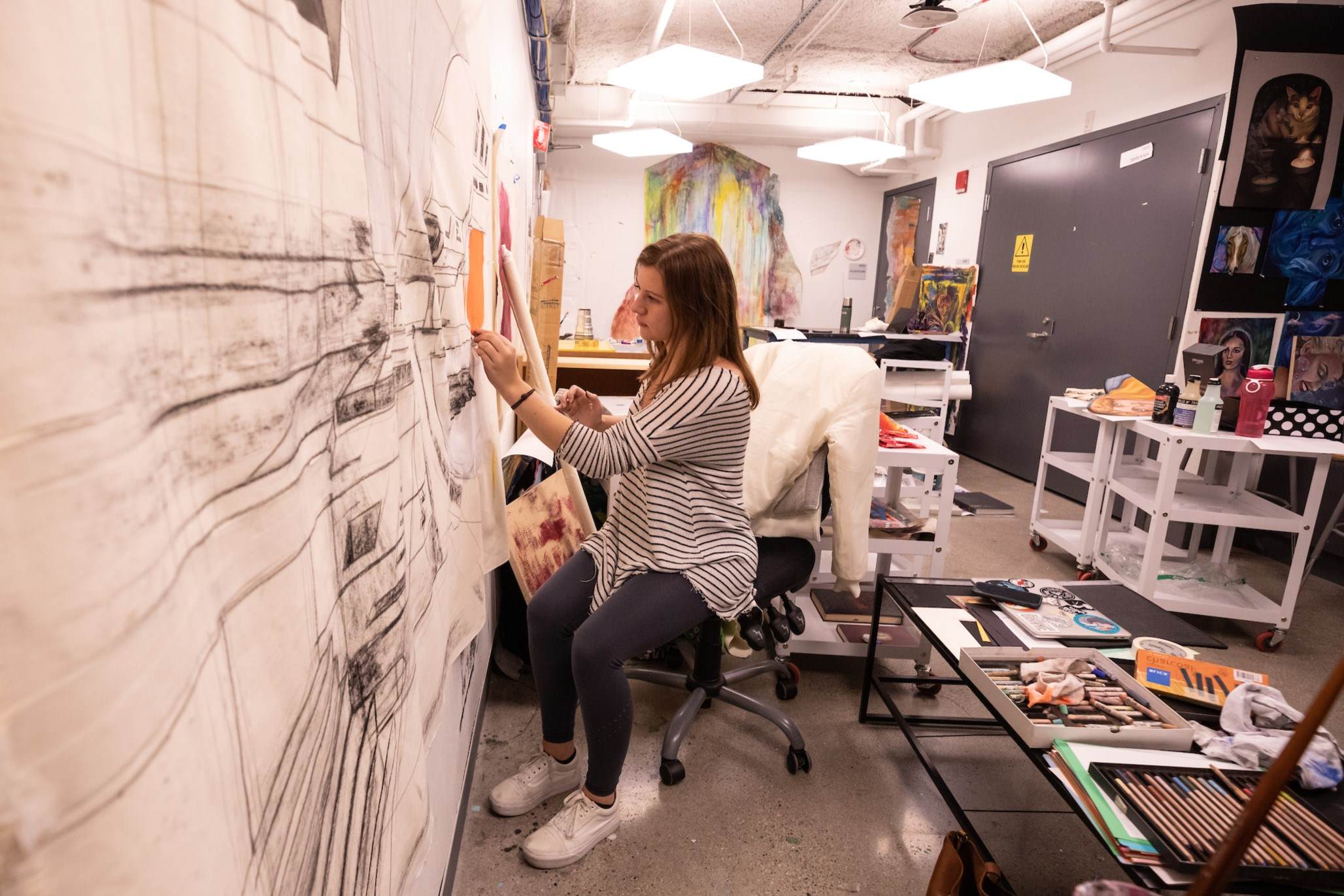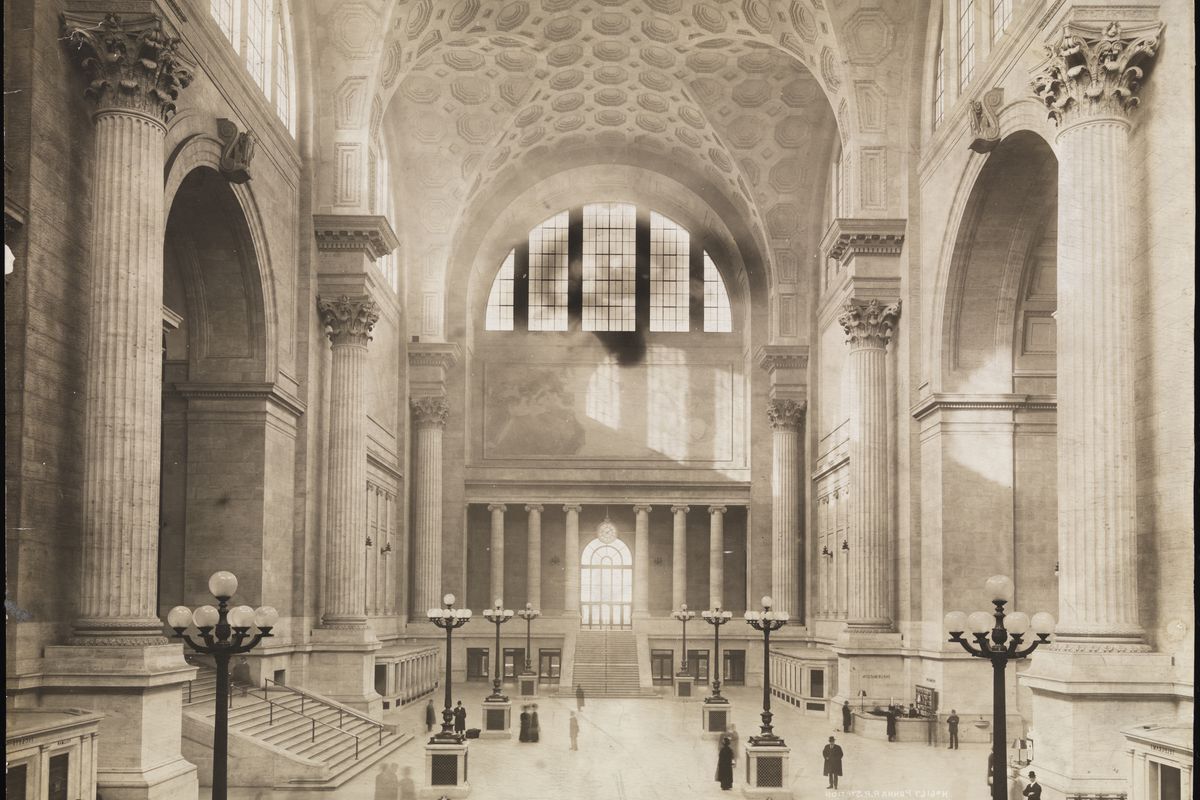
Art and design shape our world in countless ways. From the brushstrokes of a painting to the sleek lines of modern architecture, creativity surrounds us. Art and design influence how we perceive and interact with our environment. They tell stories, evoke emotions, and inspire innovation. Whether you're an aspiring artist, a seasoned designer, or simply someone who appreciates beauty, understanding the facts behind these fields can deepen your appreciation. Did you know that the Mona Lisa has no eyebrows because it was the fashion at the time? Or that the Eiffel Tower was initially criticized by many Parisians? Art and design hold fascinating secrets and surprising truths. Let's dive into 39 intriguing facts that will broaden your perspective and spark your curiosity.
Key Takeaways:
- Art has a rich history, from ancient cave paintings to modern digital creations. It's a reflection of human culture and innovation, shaping the way we see and experience the world.
- Different art movements and techniques have influenced our daily lives, from design innovations to iconic artworks. Art intersects with technology and pop culture, creating a vibrant and diverse landscape of creativity.
The Origins of Art
Art has been a part of human culture for thousands of years. Let's explore some fascinating facts about its beginnings.
- Cave Paintings: The earliest known art comes from cave paintings found in Spain and Indonesia, dating back over 40,000 years.
- Venus Figurines: Small statues of women, known as Venus figurines, were created during the Upper Paleolithic period, around 25,000 years ago.
- Ancient Egypt: Egyptian art, including hieroglyphics and sculptures, dates back to around 3000 BCE and was used to honor gods and pharaohs.
- Greek Pottery: Ancient Greeks created detailed pottery, often depicting scenes from mythology and daily life, around 1000 BCE.
Renaissance Art
The Renaissance was a period of great cultural change and achievement in Europe, spanning the 14th to the 17th century. Here are some key facts about this influential era.
- Leonardo da Vinci: Known for masterpieces like the Mona Lisa and The Last Supper, Leonardo was also an inventor and scientist.
- Michelangelo: Famous for his sculptures David and Pietà, as well as the Sistine Chapel ceiling, Michelangelo was a true Renaissance man.
- Raphael: Renowned for his paintings of the Madonna and his work in the Vatican, Raphael's art is celebrated for its clarity and beauty.
- Humanism: Renaissance art focused on humanism, emphasizing the potential and achievements of individuals.
Modern Art Movements
Modern art movements have shaped the way we see and create art today. Let's look at some of the most influential ones.
- Impressionism: Emerging in the late 19th century, Impressionism focused on capturing light and movement, with artists like Claude Monet leading the way.
- Cubism: Developed by Pablo Picasso and Georges Braque in the early 20th century, Cubism broke objects into geometric shapes.
- Surrealism: This movement, led by Salvador Dalí and René Magritte, explored the unconscious mind and dream imagery.
- Abstract Expressionism: Originating in the 1940s, this American movement featured artists like Jackson Pollock, who created works with spontaneous brushstrokes.
Design Innovations
Design is an integral part of our daily lives, from the clothes we wear to the buildings we live in. Here are some groundbreaking design facts.
- Bauhaus: Founded in 1919, the Bauhaus school in Germany combined crafts and fine arts, influencing modern design and architecture.
- Art Deco: Popular in the 1920s and 1930s, Art Deco design is characterized by bold geometric patterns and luxurious materials.
- Mid-Century Modern: This design movement, spanning the 1940s to 1960s, emphasized clean lines, organic forms, and functionality.
- Sustainable Design: Modern designers focus on sustainability, creating eco-friendly products and buildings to reduce environmental impact.
Iconic Artworks
Certain artworks have left an indelible mark on history. Let's explore some of these iconic pieces.
- Mona Lisa: Painted by Leonardo da Vinci, this portrait is famous for its enigmatic smile and is housed in the Louvre Museum in Paris.
- Starry Night: Vincent van Gogh's swirling night sky, painted in 1889, is one of the most recognized pieces of art in the world.
- The Persistence of Memory: Salvador Dalí's surreal painting, featuring melting clocks, challenges our perception of time.
- The Scream: Edvard Munch's expressionist masterpiece, depicting a figure in anguish, has become a symbol of existential angst.
Art in Different Cultures
Art varies widely across cultures, reflecting unique traditions and beliefs. Here are some intriguing facts about art from around the world.
- African Masks: Used in rituals and ceremonies, African masks are crafted from wood, metal, and other materials, each with symbolic meanings.
- Japanese Ukiyo-e: This genre of woodblock prints, popular in the 17th to 19th centuries, depicted landscapes, kabuki actors, and scenes from everyday life.
- Aboriginal Art: Indigenous Australian art, including dot paintings and rock art, often tells stories of the Dreamtime, the creation period in Aboriginal culture.
- Mexican Muralism: In the 20th century, artists like Diego Rivera and José Clemente Orozco created large-scale murals depicting social and political themes.
Art Techniques
Artists use various techniques to bring their visions to life. Let's delve into some of these methods.
- Fresco: This technique involves painting on freshly laid plaster, allowing the colors to become an integral part of the wall surface.
- Pointillism: Developed by Georges Seurat, pointillism uses small dots of color to create an image, relying on the viewer's eye to blend them.
- Collage: Artists like Pablo Picasso and Henri Matisse used collage, assembling different materials to create a new whole.
- Graffiti: Street artists use spray paint and other materials to create large-scale works on public surfaces, often with a social or political message.
Famous Art Museums
Museums around the world house incredible collections of art. Here are some must-visit institutions.
- The Louvre: Located in Paris, the Louvre is the world's largest art museum, home to the Mona Lisa and thousands of other works.
- The Metropolitan Museum of Art: Known as the Met, this New York City museum boasts a vast collection spanning 5,000 years of art.
- The British Museum: In London, the British Museum features art and artifacts from ancient civilizations, including the Rosetta Stone.
- The Uffizi Gallery: Situated in Florence, Italy, the Uffizi Gallery houses masterpieces from the Italian Renaissance, including works by Botticelli and Michelangelo.
Art and Technology
Technology has revolutionized the way we create and experience art. Here are some fascinating intersections of art and tech.
- Digital Art: Artists use software and digital tools to create works that can be displayed on screens or printed.
- 3D Printing: This technology allows artists to create three-dimensional objects from digital designs, opening new possibilities for sculpture.
- Virtual Reality: VR enables immersive art experiences, allowing viewers to step inside a digital artwork and interact with it.
- AI Art: Artificial intelligence can generate art, with algorithms creating unique pieces based on input data.
Art in Pop Culture
Art often intersects with popular culture, influencing and being influenced by it. Here are some examples.
- Album Covers: Iconic album covers, like The Beatles' Sgt. Pepper's Lonely Hearts Club Band, are works of art in their own right.
- Comic Books: Artists like Stan Lee and Jack Kirby created visually stunning comic books that have become a significant part of pop culture.
- Street Art: Artists like Banksy use public spaces to create thought-provoking works that challenge societal norms.
Art and Design Facts: A Colorful World
Art and design shape our world in ways we often overlook. From the Mona Lisa's mysterious smile to the Bauhaus movement's clean lines, these facts highlight the creativity and innovation behind every masterpiece. Leonardo da Vinci wasn't just a painter; he was an inventor, too. Pablo Picasso could draw before he could walk. The Eiffel Tower was once considered an eyesore, yet now it's a global icon.
Art isn't just about beauty; it's about expression, culture, and history. Whether it's the bold colors of Van Gogh or the minimalist designs of modern architecture, each piece tells a story. Next time you visit a museum or see a striking building, remember the fascinating facts behind them. Art and design aren't just subjects; they're experiences that enrich our lives. Keep exploring, and you'll find inspiration everywhere.
Frequently Asked Questions
Was this page helpful?
Our commitment to delivering trustworthy and engaging content is at the heart of what we do. Each fact on our site is contributed by real users like you, bringing a wealth of diverse insights and information. To ensure the highest standards of accuracy and reliability, our dedicated editors meticulously review each submission. This process guarantees that the facts we share are not only fascinating but also credible. Trust in our commitment to quality and authenticity as you explore and learn with us.


